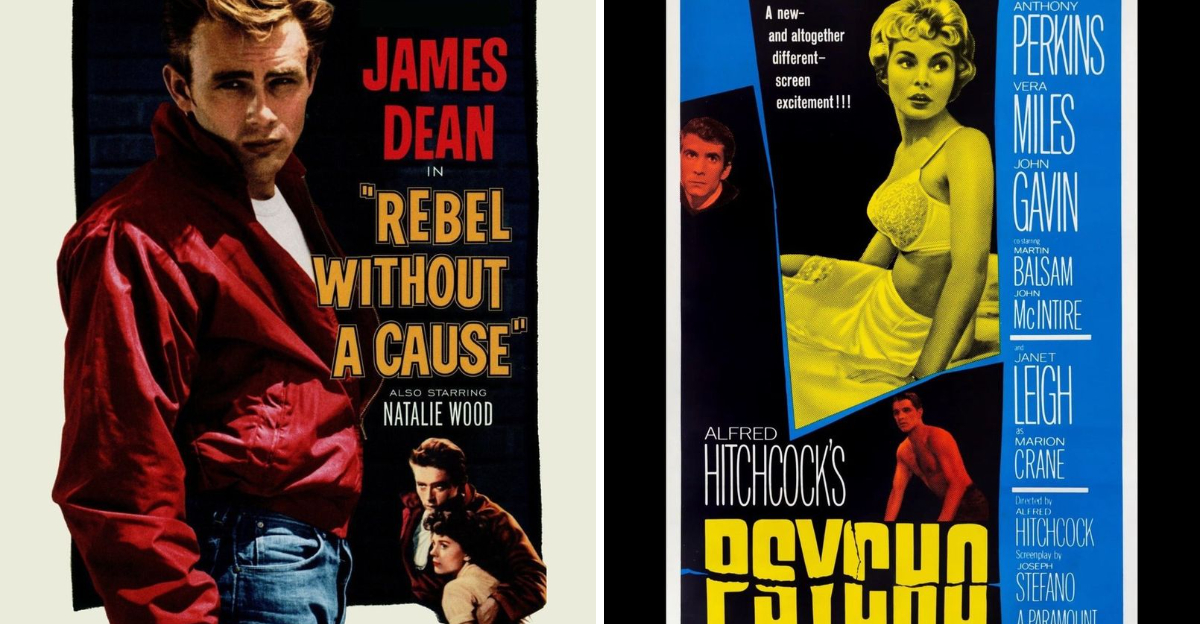Vintage movies, with their black-and-white charm and timeless storylines, captured the zeitgeist of their eras in ways that continue to entertain and educate us!
From romantic comedies that redefined love to dramas that delved into societal issues, these films offer a lens into the past.
We’ll explore ten iconic films that encapsulated the spirit of their times, reflecting the culture, values, and challenges of their respective decades.
Whether you’re a film buff or a casual viewer, these classics offer something for everyone.
1. It Happened One Night
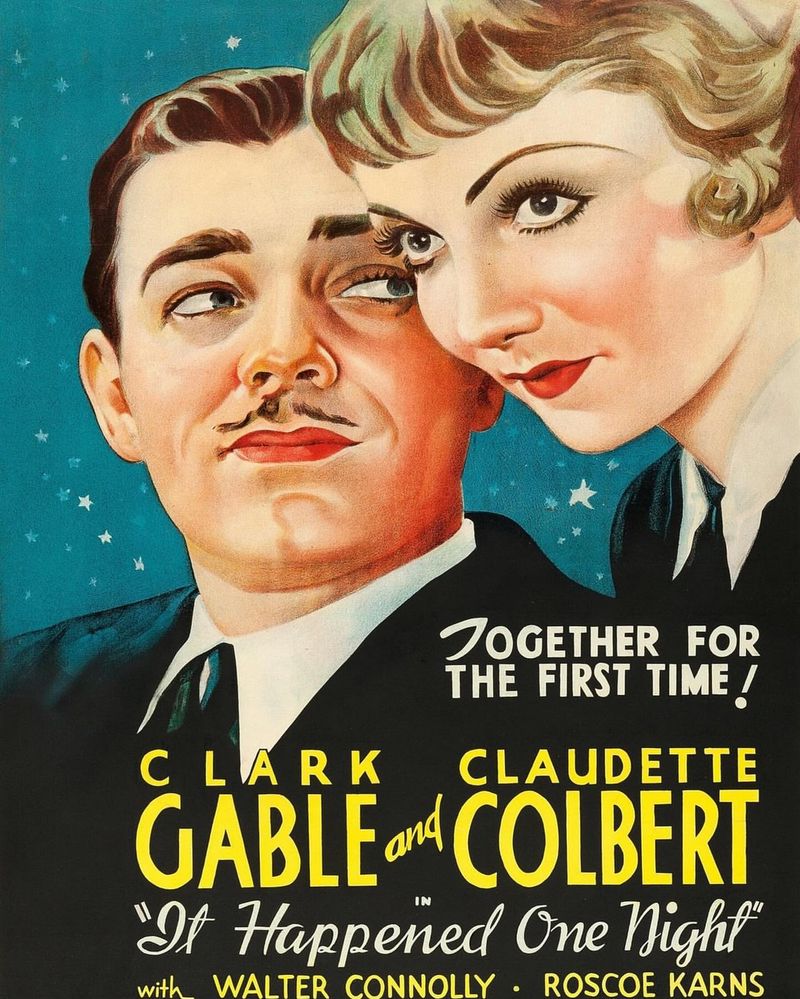
Frank Capra’s 1934 classic, “It Happened One Night,” is more than just a romantic comedy.
It’s a delightful journey into the 1930s, capturing the essence of a nation recovering from the Great Depression.
The film follows the escapades of a runaway heiress and a cynical reporter, blending romance with a touch of social commentary.
In its comedic charm, it highlights the era’s economic struggles and the longing for escapism. The witty banter and charming performances make it a timeless piece.
2. Rebel Without a Cause
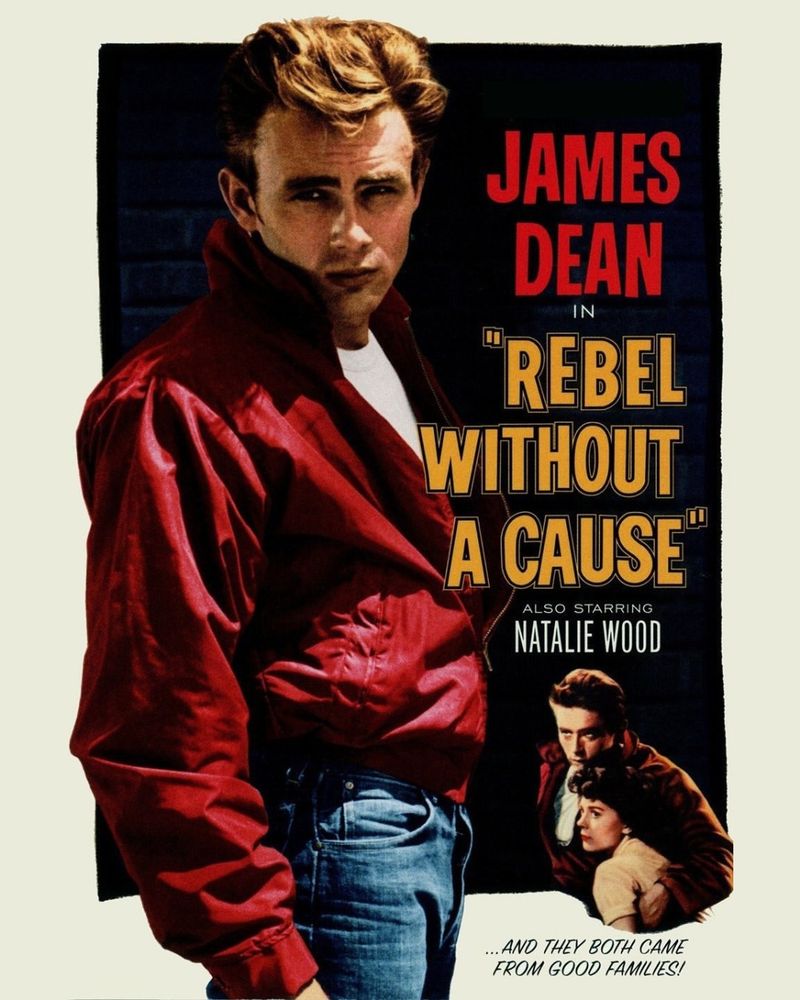
James Dean’s iconic role in “Rebel Without a Cause” (1955) captures the restless spirit of post-war American youth.
This film dives into teenage angst, alienation, and a yearning for identity in a rapidly changing world. Dean’s portrayal of Jim Stark, with his soulful eyes and rebellious demeanor, resonates with generations.
Set against the backdrop of suburban discontent, the film’s raw emotional depth and rebellious energy reflect the cultural shifts of the 1950s, making it a touchstone for youth culture.
3. Casablanca
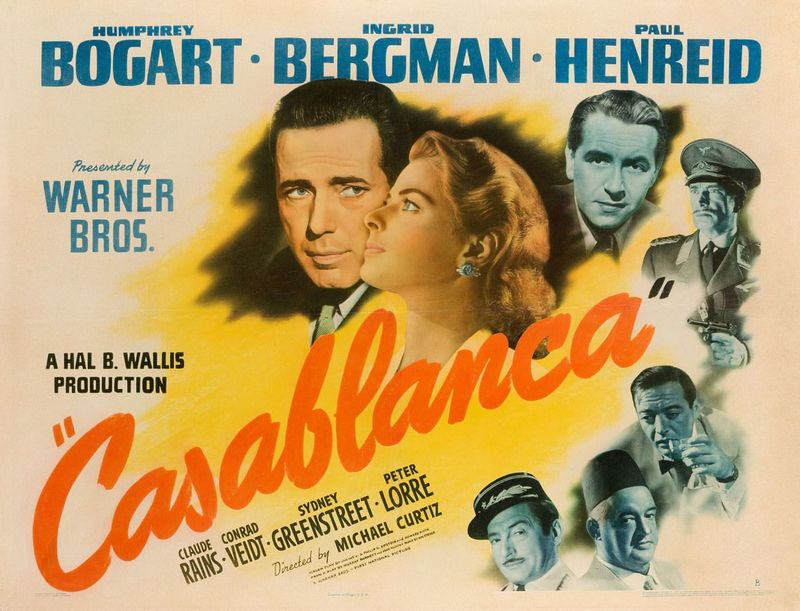
“Casablanca” (1942) offers a gripping portrayal of love and sacrifice during World War II. Set in a nightclub filled with intrigue, it tells the story of Rick and Ilsa, whose romance is tested by war and duty.
The film’s famous line, “Here’s looking at you, kid,” became synonymous with its enduring charm.
Amidst the backdrop of war-torn Europe, “Casablanca” captures the uncertainties and hopes of its time, blending romance with political drama.
4. Singin’ in the Rain
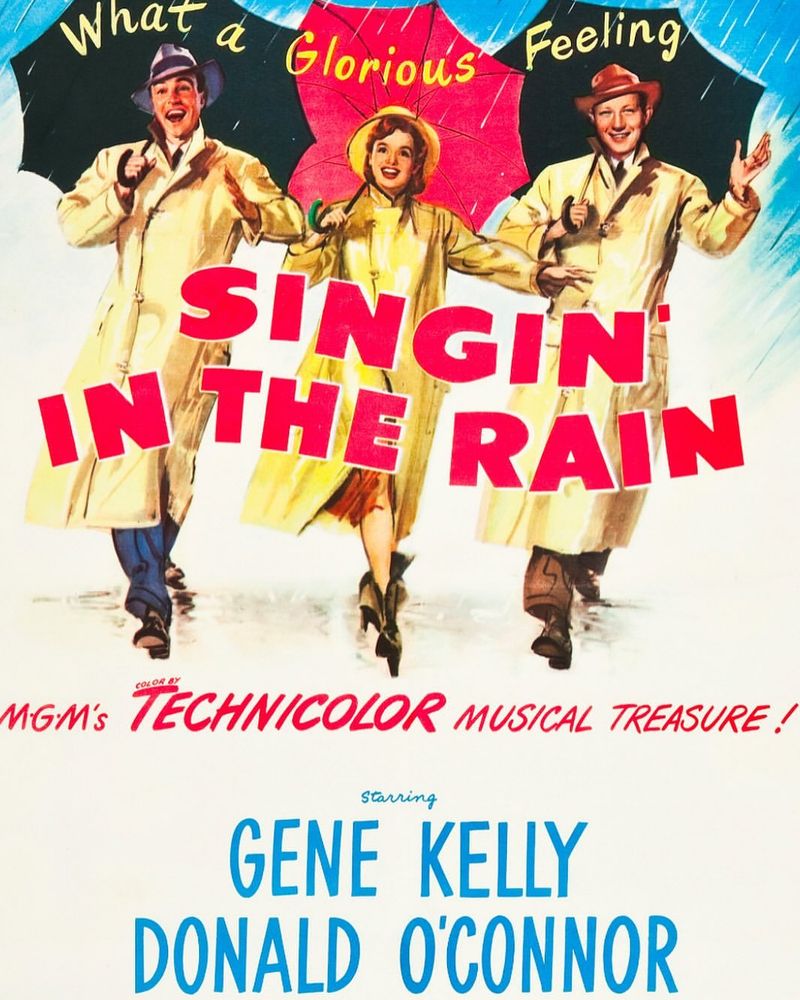
“Singin’ in the Rain” (1952) is a vibrant celebration of cinema’s transition from silent films to talkies.
This musical comedy, filled with dazzling dance numbers and catchy tunes, reflects the exuberance of Hollywood’s Golden Age. Gene Kelly’s iconic rain-soaked dance epitomizes sheer joy.
With its playful take on the challenges of adapting to new technology, the film serves as a charming tribute to the era’s creativity and innovation, capturing the optimism of post-war America.
5. Gone with the Wind
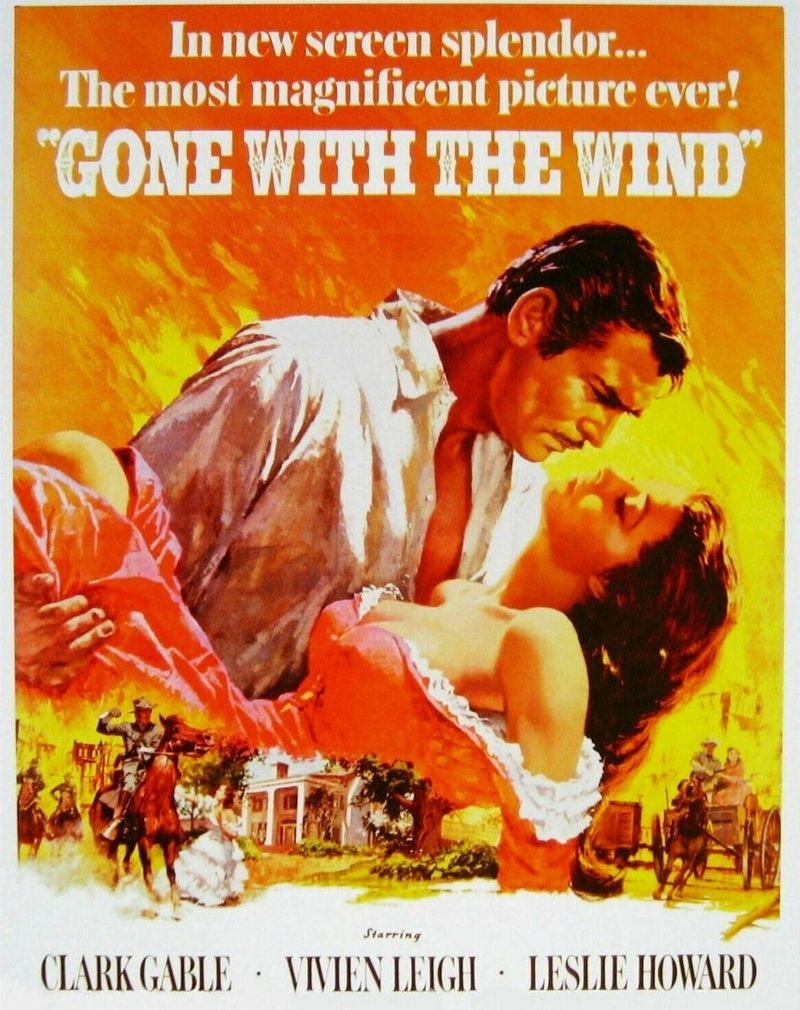
“Gone with the Wind” (1939) is an epic tale of love and survival set against the backdrop of the American Civil War.
This sweeping saga follows the headstrong Scarlett O’Hara as she navigates the tumultuous South, embodying the resilience and complexities of the era.
Through its grandiose storytelling and vivid characters, the film captures the nostalgia and romanticism of a bygone era, while also touching on the harsh realities of war and change.
6. The Graduate
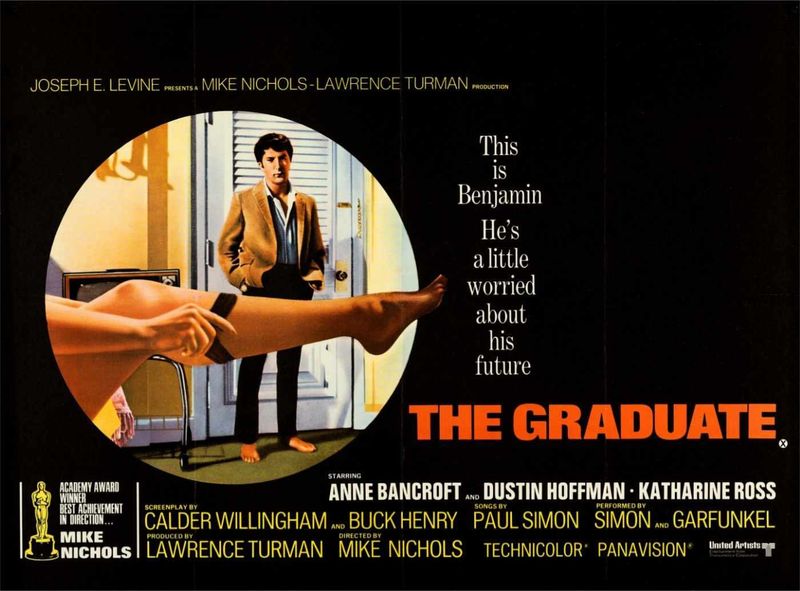
“The Graduate” (1967) is a satirical exploration of generational discontent and the search for identity.
With its iconic line, “Mrs. Robinson, you’re trying to seduce me,” the film delves into the complexities of post-college life.
Dustin Hoffman’s portrayal of Benjamin Braddock, caught between expectation and desire, resonates with many.
Amidst the backdrop of 1960s social upheaval, “The Graduate” captures the uncertainty and rebellion of the era, wrapped in wit and irony.
7. Psycho
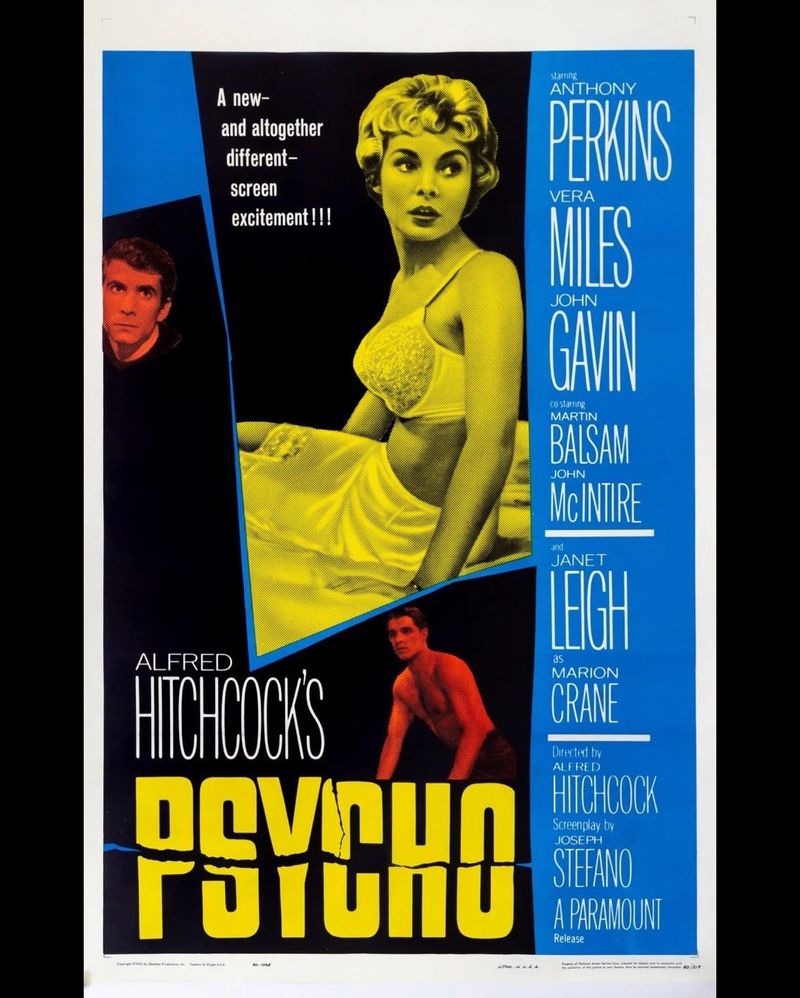
Alfred Hitchcock’s “Psycho” (1960) revolutionized the thriller genre with its shocking narrative and psychological depth.
The unsettling tale of Norman Bates and the infamous shower scene left audiences reeling. It reflects the societal anxiety and hidden darkness of the era.
By delving into themes of identity and duality, “Psycho” captures the tensions of the 1960s, offering a chilling perspective on human nature. Its influence on suspense and horror films is undeniable.
8. Some Like It Hot
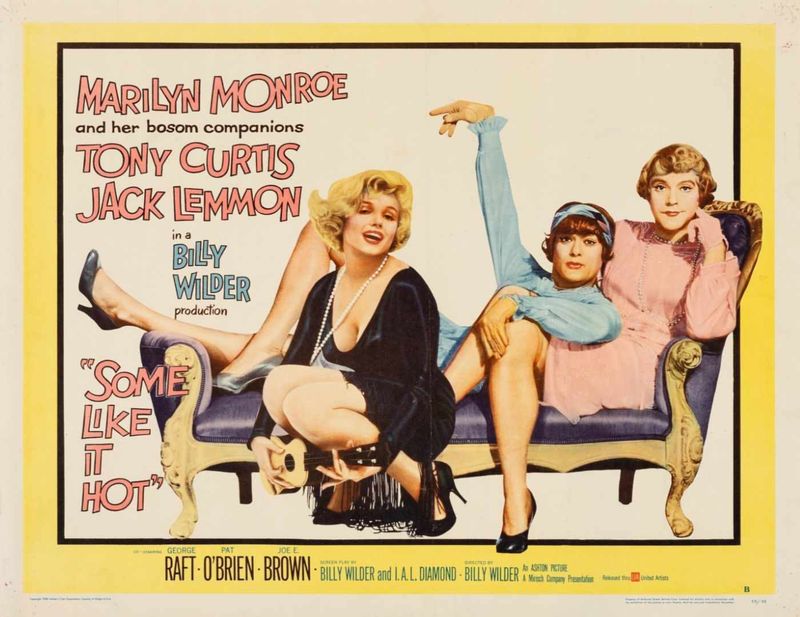
“Some Like It Hot” (1959) is a comedic gem that blends humor with social commentary.
Starring Marilyn Monroe, Tony Curtis, and Jack Lemmon, the film follows two musicians in drag, hiding from gangsters. Its witty dialogue and slapstick comedy offer more than laughs.
The film cleverly addresses themes of gender and identity, reflecting the changing attitudes of the 1950s. Its bold approach and unforgettable performances make it a timeless classic.
9. Roman Holiday
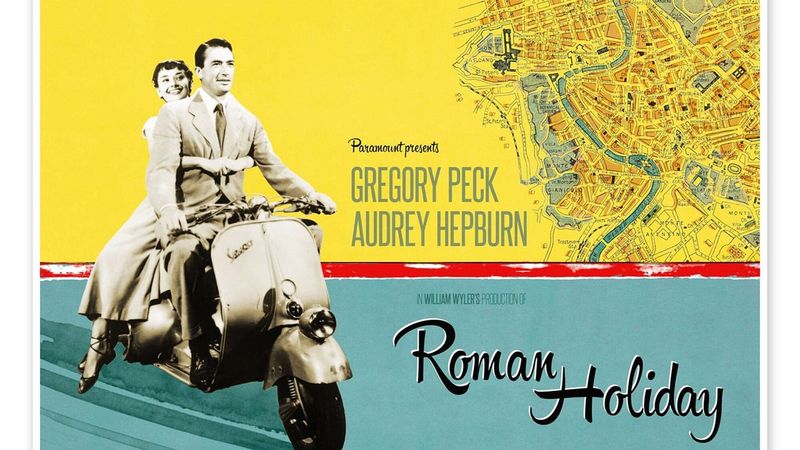
“Roman Holiday” (1953) is a delightful romantic comedy that captures the whimsy and wonder of post-war Europe.
Starring Audrey Hepburn and Gregory Peck, the film follows a princess seeking freedom and adventure in the streets of Rome.
With its enchanting portrayal of love and discovery, “Roman Holiday” reflects the optimism and renewal of the 1950s. Its charming narrative and scenic backdrop make it a beloved classic.
10. Metropolis
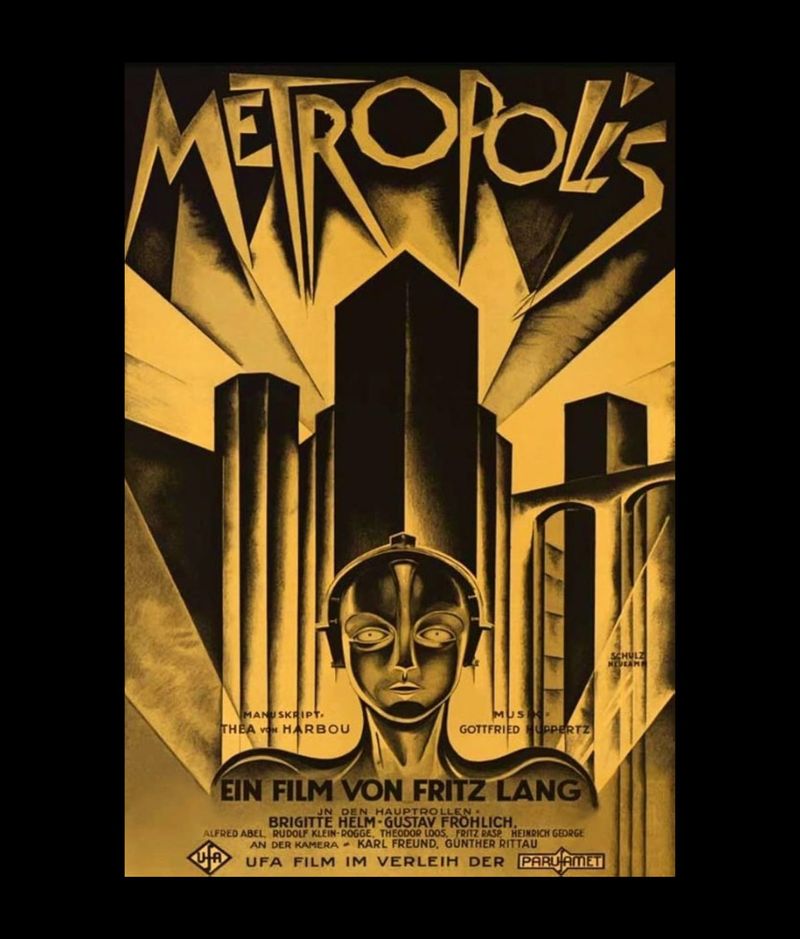
Fritz Lang’s “Metropolis” (1927) is a visionary masterpiece that explores the conflict between technology and humanity.
Set in a dystopian future, the film’s stunning visual effects and architectural design reflect the industrial and cultural shifts of the 1920s.
Through its allegorical tale of class struggle and innovation, “Metropolis” captures the hopes and fears of a rapidly changing world. Its influence on science fiction cinema is profound and enduring.

